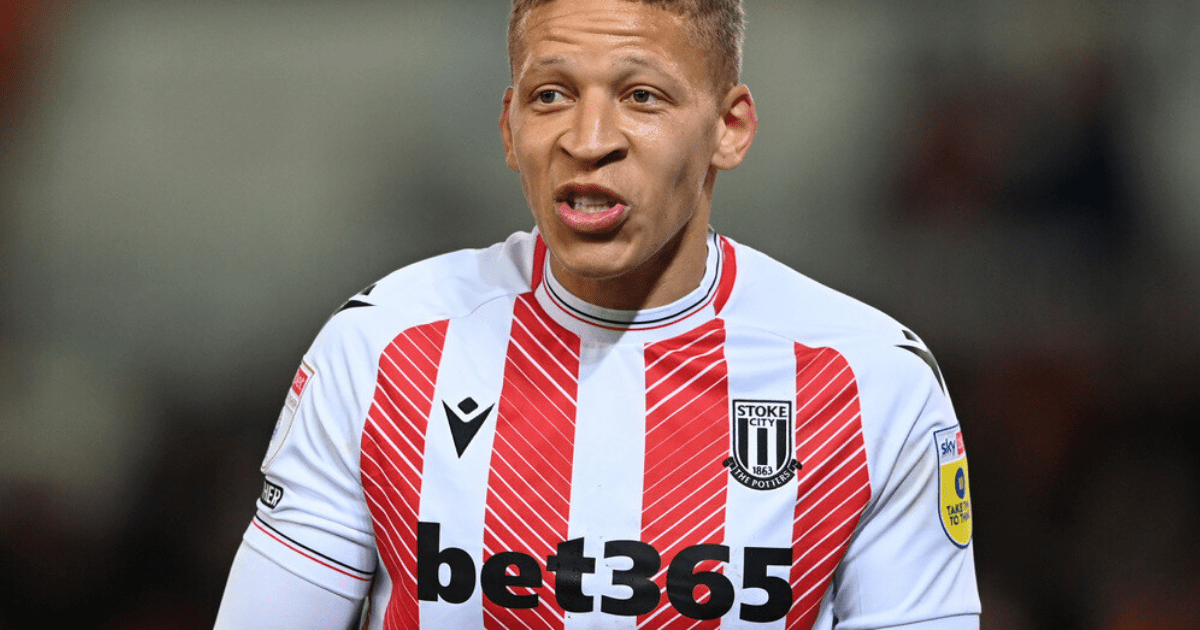What Happened?
Derby County, a League One promotion chaser, has secured the services of veteran striker Dwight Gayle on a free transfer. Gayle, who was previously with Stoke City, joins the Rams in hopes of boosting their goal-scoring capabilities for the rest of the season.
Gayle's Career Highlights
Gayle, 34, began his career in the Arsenal academy and has since played for clubs like Crystal Palace, Newcastle United, and West Brom. With an impressive record of 147 goals in 389 appearances, Gayle brings a wealth of experience to Derby County.
Derby's Promotion Ambitions
Currently sitting second in League One, Derby is aiming for promotion to the Championship. With Gayle on board, the team hopes to secure a return to the second tier after their relegation in 2022 under Wayne Rooney.
League Standings and Competition
Derby faces stiff competition from league leaders Portsmouth and third-placed Bolton. Peterborough, the division's top scorers, also pose a challenge. Gayle's arrival could be a game-changer for Derby as they strive for promotion.
Frequently Asked Questions
What are the basic pieces of equipment required for playing football?
The basic equipment required for playing football includes a jersey or shirt, shorts, stockings, shin guards, and cleats or football boots. Goalkeepers typically require additional gear such as specialized gloves and sometimes padded clothing to protect them during dives and jumps. The correct clothing is essential for all players in order to stay safe and follow the rules.
When playing football, should I wear compression gear?
Compression gear can be helpful for footballers. It may help to increase blood circulation and reduce muscle fatigue. A tight-fitting material may also help to stabilize the muscles. Compression gear can be worn by anyone, but comfort is the most important factor to consider when choosing such equipment.
How can I be sure that my football shoes are fitted correctly?
In order to get the right fit, the football boot should be snug without being too tight. This allows for a little movement and prevents the foot from sliding into the boot. The space between your toes, and the front of your boot should be approximately a thumb-width to prevent the toes from being crammed in when running or kicking. It’s also imperative to consider the width of your feet and select a boot style that accommodates narrow or wide foot shapes. It’s important to try on the boots with your football socks on and fully lacing them up.
Is it necessary to wear football-specific clothing, or can I wear any athletic gear?
While technically you can play football in any athletic attire, football-specific clothing is recommended as it is designed to enhance performance and comfort on the field. Jerseys and shorts are usually made of lightweight, breathable materials that allow for optimal airflow, reducing overheating and sweat build-up. The fit of the jerseys and shorts is designed to provide a full range-of-motion, improving your agility and response time during play.
How do I choose football boots according to my playing surface?
Choosing the right football boot depends on the surface that you’ll play on. For natural grass pitches, cleats with metal studs (FG – firm ground) are advisable as they provide traction and stability. Boots with small rubber studs or flat soles are better for artificial turf. Indoor courts require rubber soles with non-marking properties to allow for adequate movement while preventing damage to the court surface.
Statistics
- Approximately 40% of amateur football players wear boots that are not properly fitted, increasing the risk of foot injuries.
- Goalkeeper gloves with advanced grip technology have been adopted by 85% of professional goalkeepers in top leagues around the world.
- Compression garments are used by about 50% of professional football players during training sessions for muscle support and injury prevention.
- Globally, the demand for lightweight football cleats has risen by about 30% in the past decade, reflecting changes in player preferences and playing styles.
- Research has indicated that around 60% of football-related ankle injuries could be mitigated with the correct choice of footwear.
External Links
decathlon.co.uk
podiatrytoday.com
nike.com
prodirectsoccer.com
uksoccershop.com
How To
How to Choose Football Equipment that Meets League Standards
You must make sure that the equipment you choose complies with your league’s rules. For a list on approved equipment, contact your league’s official governing body. This usually includes specifications for equipment such as helmets, shoulder padding, gloves and footwear. It is important to be aware of any changes in rules that may affect your gear, especially if you play at a higher level where the equipment regulations are more strict. The compliance of rules is not only important for safety, but also to avoid penalties and disqualification.

